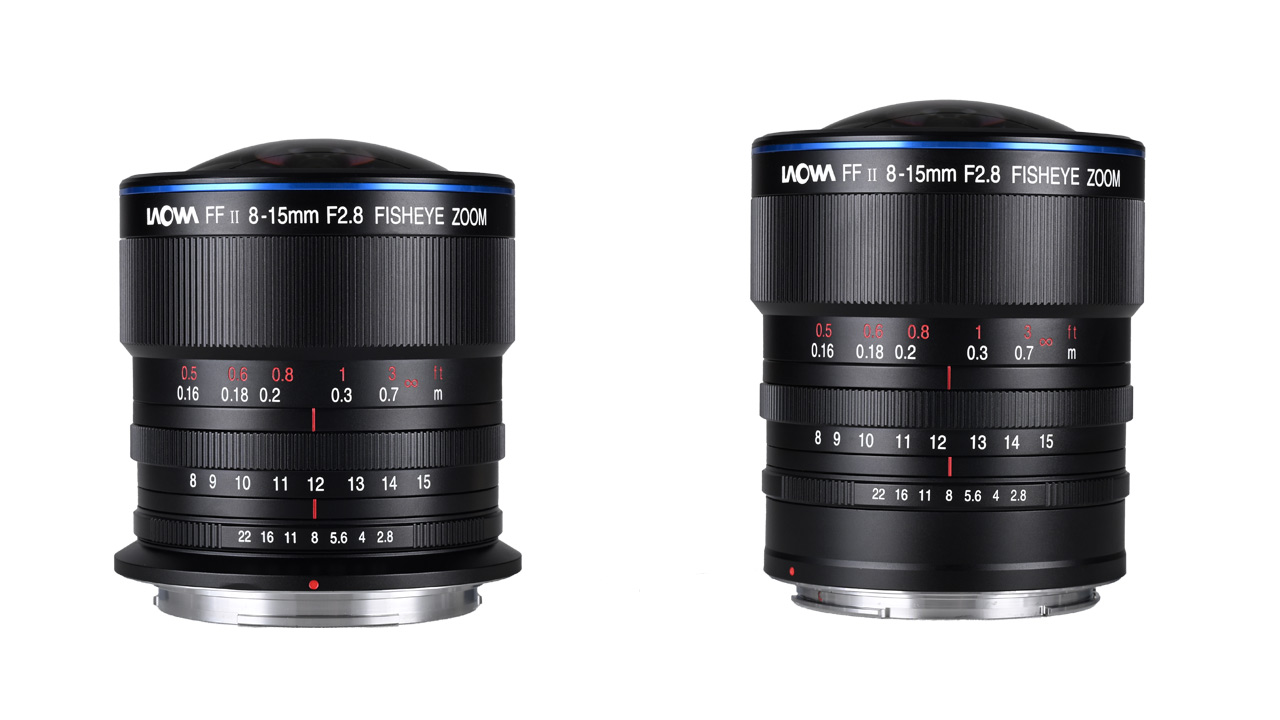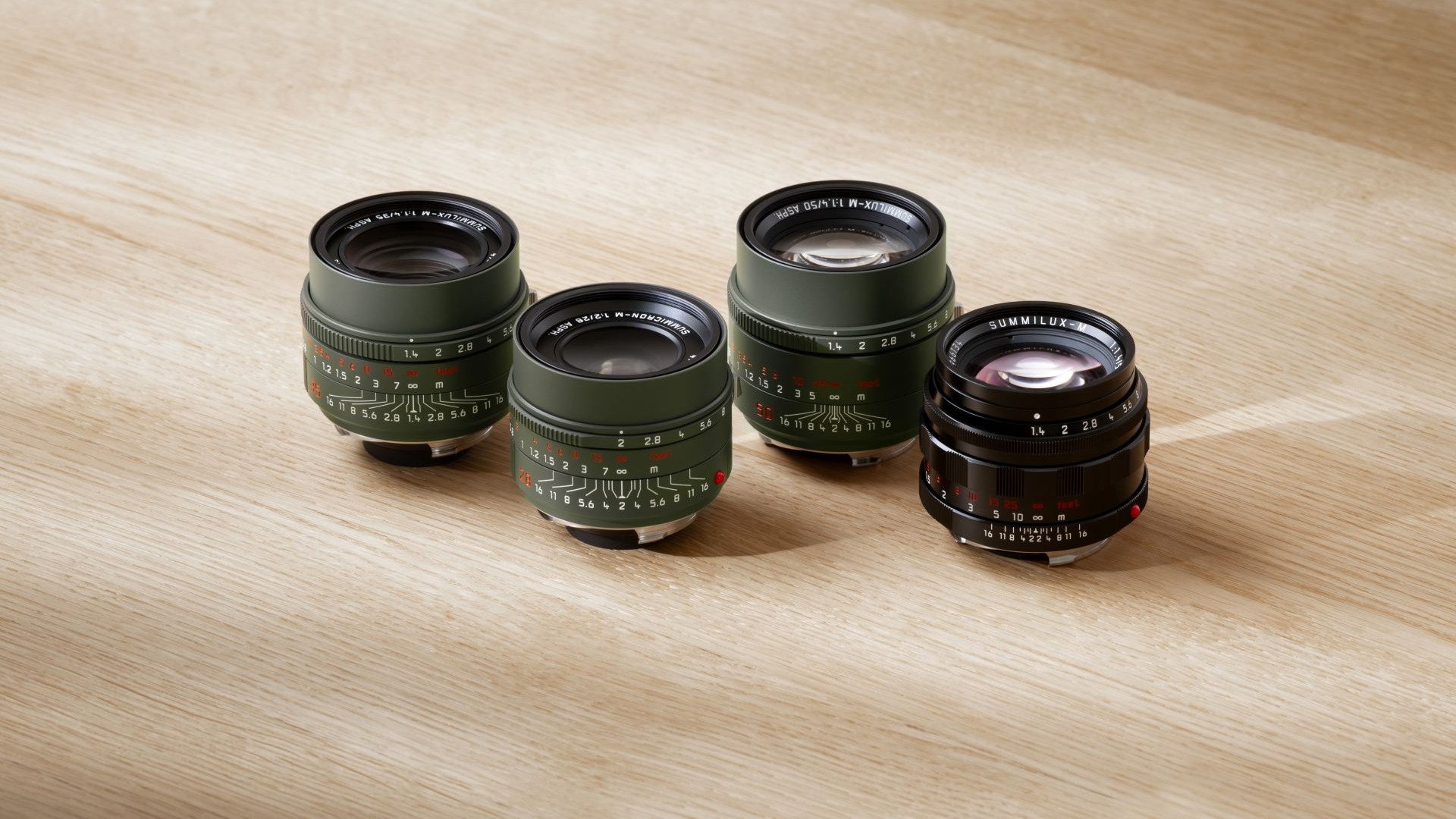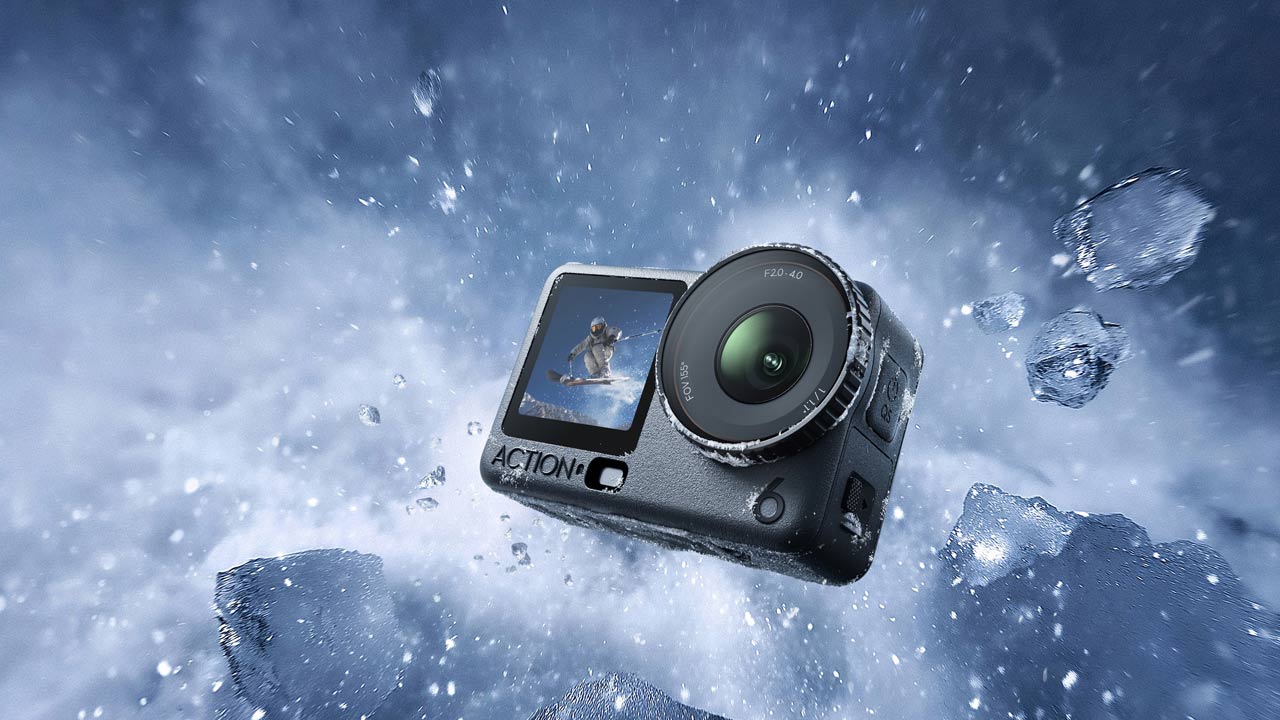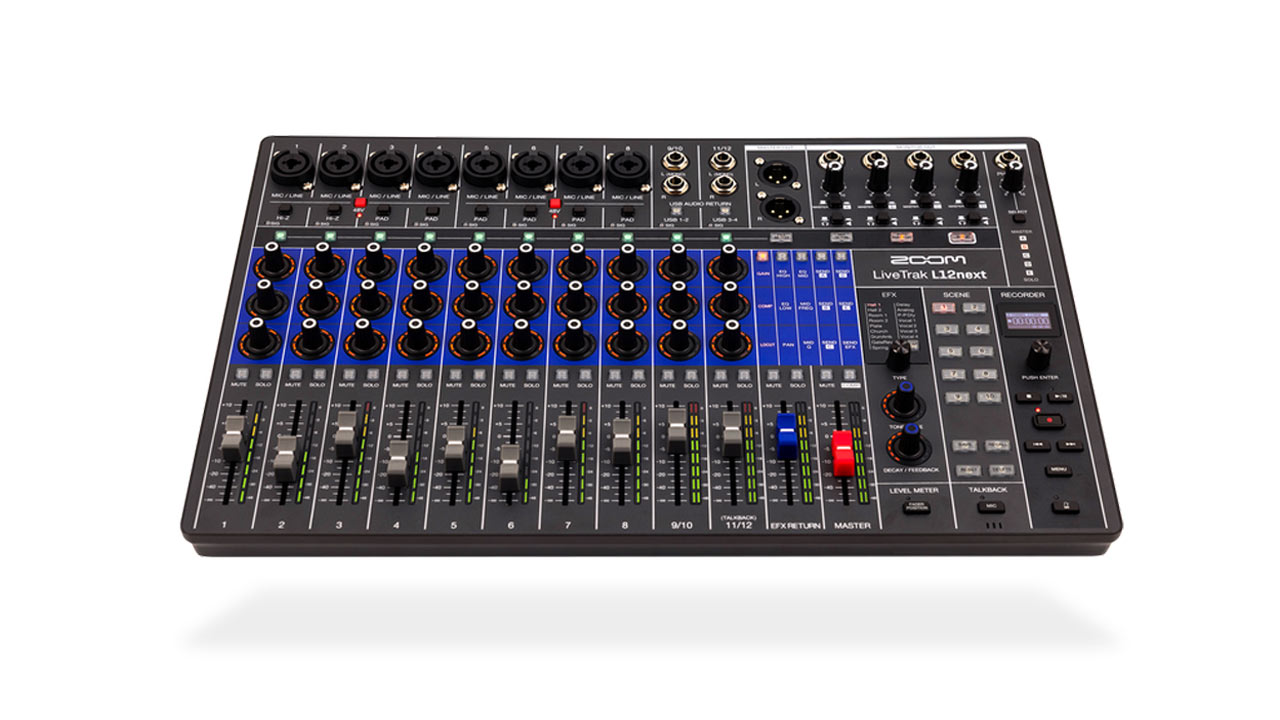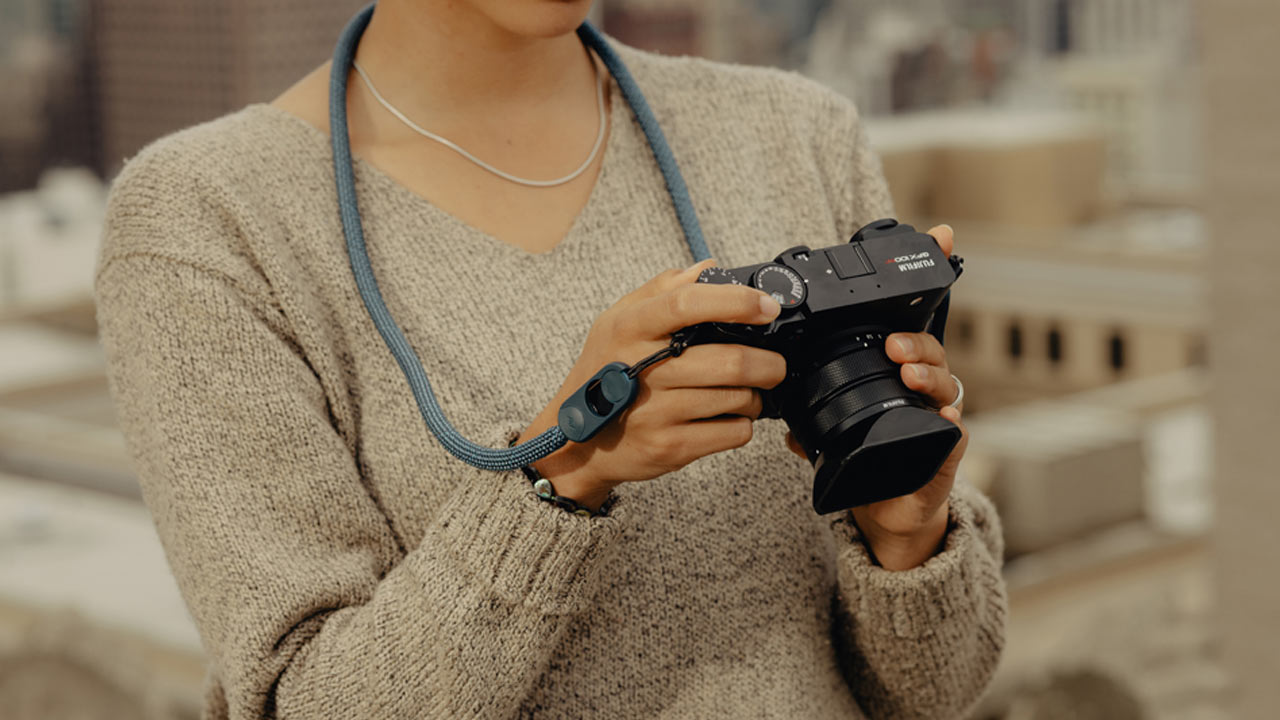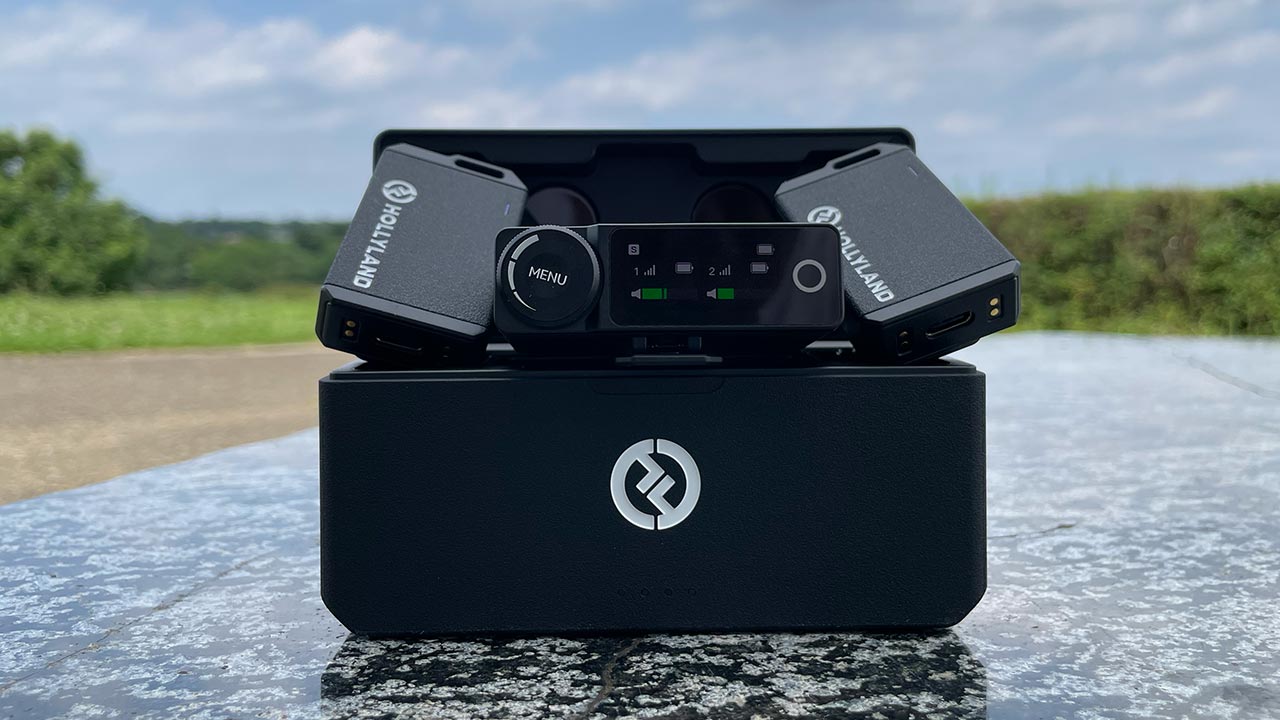
- Introduction
- “Duo” and “Solo”
- Receiver
- Clip magnet
- Charging Case
- USB Type-C Charging
- AMOLED touchscreen
- 3 types of recording modes
- Configurable Mic Gain and EQ
- Transmitter can record alone
- Enhanced sound quality
- Who is LARK MAX suitable for?
Introduction
Hollyland released the wireless “LARK MAX” microphone system on June 28, 2023. Prior to the release, I was able to try out the actual LARK MAX. I will introduce the newly released LARK MAX while mixing a little difference with Lark 150 and Lark M1 already released by Hollyland.
Please note that the functions and specifications are as of the time of writing, and may change due to future firmware updates.
“Duo” and “Solo”
The available packages of LARK MAX are “LARK MAX Duo” which is a set of two receivers and transmitters, charging case, and the LARK MAX SOlo which is only one receiver and transmitter
In the box, each package of Duo and Solo includes
- Clip Magnet x 2 (Duo) OR x 1 (Solo)
- Windshield x2 (Duo) OR x1 (Solo)
- 3.5mm TRS to 3.5mm TRS cable
- USB-C to Lightning cable *MFI certified
- USB-C to USB-C cable
- USB-C to USB-A cable
- Storage case
Note that the lapel mic itself is sold separately.

Receiver
The receiver has a 3.5mm TRS audio output that can connect to a DSLR or mirrorless camera, a 3.5mm TRS headphone that can be used to check whether the sound is being picked up properly with earphones or headphones, and a new USB Type-C. interface.
Digital audio output is possible by connecting an Android smartphone with the included USB-C to USB-C cable and an iPhone or iPad with the included USB-C to Lightning cable that has MFI certification.

The LARK MAX supports USB Audio Class (UAC) standard. It can be used not only with smartphones, but also by connecting it to a computer, it can act as an audio interface that transmits high-quality audio.
The operating time of the receiver’s battery is said to be about 9 hours, and the charging time is less than 2 hours.
Clip magnet
The transmitter also has a 3.5mm audio input that allows you to connect a lapel microphone, and a new USB Type-C interface.
In addition, the transmitter has a recording function that can be used as a recorder by itself (more on this later), and uses the USB Type-C interface when retrieving audio data recorded in the internal storage.

In addition, the design is rectangular (as opposed to the square design for Lark 150), and it feels like it gives a better impression when worn on the chest of the speaker.
The operating time of the transmitter is about 7.5 hours, while the charging time is less than 2 hours. The transmission distance is roughly 250m (compared to up to 100m for Lark 150).
A clip magnet is included with the LARK MAX transmitter. As far as I tried, I was able to attach the transmitter with clip magnets not only to T-shirts and other summer clothes, but also to winter clothes such as fleece. As long as you don’t move around violently, there doesn’t seem to be any fear of the transmitter falling off, but it might be better to check the fit in advance before using it.

I’m worried that I might lose the magnet if I’m not careful, but this clip magnet is very convenient to use. While being careful not to lose it, I would like to make good use of it so that it can be brought close to the mouth as much as possible so that the appropriate sound can be picked up.
Charging case
As mentioned earlier, the charging case included in the Duo package is a case that can store two transmitters and receivers, and at the same time, it also plays the role of a charger that charges the transmitter and receiver. This is pretty much the standard of wireless anything, these days especially.
The charging case has a battery capacity of 2800mAh, and can charge two transmitters and a receiver about twice without having to charge the case. Charging time is said to be less than 2 hours.

The charging case of the Lark 150 has a space that can hold one or two short USB cables, but the charging case of the LARK MAX does not have that space. Instead those are stored in the pocket of the included storage case). .
USB Type-C Charging
The LARK MAX has a USB Type-C input for each transmitter and receiver. Thanks to this, even if you do not have a charging case at hand, you can directly charge the transmitter and receiver using a USB cable. The Lark 150 could not be charged without a charging case, so this is a welcome addition.

The charging case containing the transmitter and receiver is much lighter than the Lark 150, but you can always keep the LARK MAX in your bag (like the Lark M1/C1). This can be very heavy.

In such a case, you can hide only the transmitter and receiver in a small pouch like the one in the photo above, as well as a USB cable and a USB charger for charging. to charge directly through the interface of
Then, when you return to your home or office, you can put the transmitter and receiver in the charging case and charge it again.
In this case, the transmitter and receiver must be explicitly turned on and off by pressing the power button, but since the transmitter and receiver can also be charged directly via the USB Type-C interface, It is no longer necessary to carry out a charging case.
When you want to use the LARK MAX for a pre-scheduled shoot, you can store the transmitter and receiver in the charging case and carry it around, but if you don’t know when you’ll use it but want to keep it, prepare only the necessary charging means. So, I felt that it would be reasonable to leave the charging case behind.
AMOLED touchscreen
The Hollyland LARK MAX receiver has a color 1.1 inch AMOLED touchscreen. Compared to the Lark 150, the visibility of the menu and the operability when making settings are improved. I feel that the screen makes working with the receiver much easier. When the receiver is in the charging case, the remaining battery power of the transmitter, receiver, and charging case is displayed.

When the power of the receiver is turned on, the display shows “currently set recording mode,” “noise canceling state,” “3.5mm audio output,” “USB, headphone connection state,” “transmitter connection state,” and “signal strength”

By turning the control knob (labeled MENU) on the left, the output volume setting screen of the receiver is displayed. The output volume (Left Output / Right Output) of the L channel and R channel can be adjusted too.

Pressing the control knob takes you to the main menu where you can set the recording mode (REC Mode), transmitter mic (Mic Settings), EQ, and system settings.

Press the home button on the right to display the receiver’s quick setting screen, where you can turn transmitter 1 and transmitter 2 mute, noise canceling, and recording ON/OFF.

3 types of recording modes
Similar to the LARK 150, there are three REC modes for the receiver: “Stereo,” “Mono” and “Safety Track.”

“Stereo” outputs the audio of transmitter 1 to the L channel and the audio of transmitter 2 to the R channel, and “Mono” outputs the audio of both transmitters 1 and 2 from both the L and R channels. “Safety Track” outputs the sound of both transmitter 1 and transmitter 2 from both the L channel and the R channel like “Mono,” but the R channel is output at a level about 6db lower than the L channel.
Configurable Mic Gain and EQ

In addition, EQ can also be set. There are three settings: “Hi-Fi,” which is said to achieve high fidelity recording of Hi-Fi audio, “Low Cut,” which attenuates bass, and “Vocal Boost.” Vocal Boost is designed to boost vocal clarity.

The default setting is “Hi-Fi,” but I personally like “Vocal Boost,” which gives the impression that human voices are thicker.
It’s a good idea to switch the EQ settings according to the scene you use, and use the settings differently depending on the occasion.
Transmitter can record alone
The most notable thing about the LARK MAX is that it has 8GB built-in storage and recording function that can be used as a recorder with the transmitter alone. The Lark 150 did not have this capability.
To do so is easy. Half-press the REC button on transmitter, or start and stop recording from the receiver’s quick setting screen.

Both the transmitter and the receiver can be turned ON/OFF, so it is possible to have the speaker with the microphone attached start recording on the transmitter side, and the photographer can control it on the receiver side.
Also, the timing of starting and stopping recording is independent for each transmitter, so for example, it is possible to record only transmitter 2, although transmitter 1 does not need to be turned on.
The recording format is lossless 48kHz/24bit monaural WAV, and the built-in storage can record for 14 hours.

However, when the storage is full, old recordings are automatically overwritten with newly recorded audio. If the recording continues for a long time, files are automatically split every 30 minutes. It is very important to pay attention, to avoid overwriting.
If you connect the transmitter to your computer with the included USB cable, it will be recognized as one of the drives in the same way as when you insert a USB memory into your computer. WAV files recorded from storage can be retrieved.
In addition, LARK MAX also has a menu that automatically starts recording to storage when the transmitter has the Mic Settings → Auto Record set up, accessible from the receiver menu.

You can check at a glance which transmitter is recording on the AMOLED touch screen, and if you turn Auto Record on in advance, you can automatically start recording to the storage, so you don’t forget to record. This will help you avoid the issue of recording for a long time…without actually recording.

Enhanced sound quality
In LARK MAX, enhancement of sound quality was expected. I was, however, particularly impressed with the noise canceling function.
If you press the pairing/noise canceling button on either transmitter. or touch the noise canceling function icon on either transmitter from the quick setting screen of the receiver, each transmitter can have noise cancellation turned on.

The Lark M1 and Lark C1 released by Hollyland were based on ANC (Active Noise Cancellation), but the noise canceling function of the Hollyland LARK MAX is ENC (Environmental Noise Cancellation).
The sound quality may differ depending on the person, but when the noise canceling function is turned on with the LARK MAX, the sound quality gives the impression that the sound is close to the original sound even though the noise canceling is moderately applied.
Although it may depend on the surrounding environment (sound) at that time, it is particularly effective against electric motor noises such as those from indoor circulators and fans. I feel that the actulal sound is not greatly affected by noise canceling. Personally, the noise canceling function of LARK MAX has a well-balanced feel, and it seems that I can actively turn it on and use it. When I turn on the noise canceling function of the Lark M1 that I usually use, it sounds like my own voice is suppressed in the high range. It sounds like I’m talking with my nose pinched, and I felt the impression of a muffled sound. As a result, I often turned off the noise canceling function of the Lark M1 as much as possible. According to some websites, ANC is a mechanism that “creates a noise waveform and an opposite phase waveform in an electrical circuit, and hits the noise waveform to cancel it out.” The sound quality seems to have been applied more than necessary, and as a result, it may have felt uncomfortable.

This time, when writing this report, I compared the sound quality when the noise canceling function of both Lark M1 and LARK MAX was turned on, and found that I felt the same discomfort as I felt with Lark M1 with LARK MAX. I didn’t.
I guess that one of the factors may be that the noise canceling method has changed from ANC to ENC.
Who is LARK MAX suitable for?
Originally, the Lark 150 has the impression that it is mainly suitable for video creators who shoot using DSLR cameras and mirrorless cameras, and of course, LARK MAX will continue to be a product that will continue to attract support from such types of users. However, if I was to recommend the Hollyland LARK MAX, it may be the following two types of people.
The first is: “people who use video switchers like ATEM Mini Pro and are promoting in-house production of live distribution within companies”.
By connecting ATEM Mini Pro and Hollyland LARK MAX with the included 3.5mm TRS to 3.5mm TRS cable, you can build a more compact livestreaming environment, and by attaching a lapel microphone to the Hollyland LARK MAX, you can make the chest of the performer look smarter.

If for some reason there is a problem with the livestream, a separate recorder may be used to record simultaneously, but as a further backup method, LARK MAX has a new recording function as a third fail-safe. It should be possible to use it for the purpose of keeping an independent voice recording together.
Secondly, I recommend LARK MAX most toward is “creators who shoot using smartphones such as iPhone.”

The new “USB-C digital audio output” in LARK MAX can be one of the major changes from Lark 150, just like the recording function mentioned above.
By using the included USB-C to USB-C cable and the MFI-certified USB-C to Lightning cable, analog-to-digital and digital-to-analog conversions are reduced, resulting in audio with as little degradation as possible.
Comparing the newly released LARK MAX from Hollyland with the already released Lark 150 and Lark M1, I felt that LARK MAX is a well-balanced product in terms of appearance and functionality. The video creators, who are the main market, have felt that wireless microphones equipped with such ultra-small microphones “wish it would be like this.”



